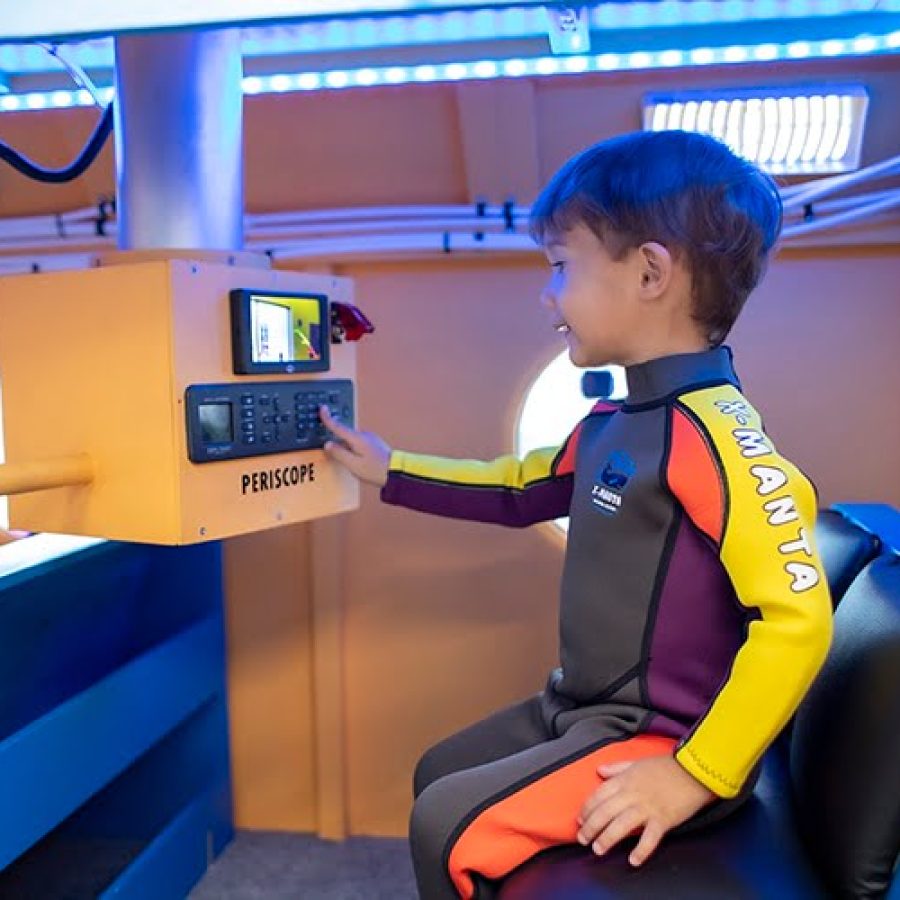It’s known that investing in early childhood education is fundamental to develop a sense of independence and curiosity in your child. When it comes to choosing the proper methodology to achieve this and so many other benefits, STEM can be an obvious way to go. But when you dive deeper into the topic, you might think: is STEAM better than STEM? So keep reading and let’s solve the beef between STEAM vs. STEM.
STEAM vs. STEM: similarities and differences
STEM is an acronym that stands for Science, Technology, Engineering and Mathematics. It refers to using these science-based approaches as part of the educational process of children, as well as developing that mindset and familiarity with the topics from a young age.
Eventually, the expression grew a vowel, with A being incorporated and STEAM being the new acronym. The presence of Art is referenced as the need to incorporate subjective and more creative matters as part of the skills that are part of the leader of the future – instead of having a specific focus solely on exact and scientific findings.
Art as part of STEM: understanding the criticism
As expected, there are those who don’t agree with the acronym including other subjective topics as part of the studies field. Those contrary to the addition say that the subjectivity represented by the arts is inconsistent with the scientific approach that the fields of STEM stand for.
The thing is that the Arts don’t stand exclusively for the idea of appreciating a painting in a gallery, as some might think. That subjectivity encompassed by the Arts does represent visual arts, but also design, music, and social studies. Is about having a broader perspective of the world and the people that are in it.
Want a clear example? What’s the use of being an engineer that can design or build cars that are perfect in terms of functioning, but create something uncomfortable for the people that are driving it? Or what’s the use of creating a medicine that can help cure diseases, but you can’t announce it to the right people according to their personal needs?
These are simple examples that show that knowing how and what to create something functional is not necessarily enough: you also have to understand how to impact and go that extra mile when it comes to putting it out there for the public it’s designed for.
How STEAM can impact childrens’ lives as adults
Let’s take a few steps back and consider the letters that compose STEM. It’s no coincidence that those are grouped: without knowledge and a certain fluency in science and mathematics, you can’t make significant advances in the fields of technology and engineering.
Equipping children with understanding of these topics will help them to have more professional choices in their careers, and even help to fill certain areas that suffer from talent shortage.
On the other hand, encouraging the children to have an open mind on topics that are related to empathy and subjective perceptions (which, again, is represented by the Arts) might actually improve their abilities to adjust into ever changing environments – and it’s known that adaptability is an important soft skill for the leaders of the future.
Regardless of any dispute involving STEAM vs. STEM, the undeniable fact is that this method prepares children to adapt to the 21st century work demands.
At Amazing Explorer Academy, our curriculum places emphasis on fostering self-identity, forming relationships, collaborating intellectually, learning socially, and promoting creativity all within the context of STEAM. We intend that every child has the opportunity to grow through engaging and stimulating activities.
Visit the nearest Amazing Explorers Academy unit and see for yourself!


